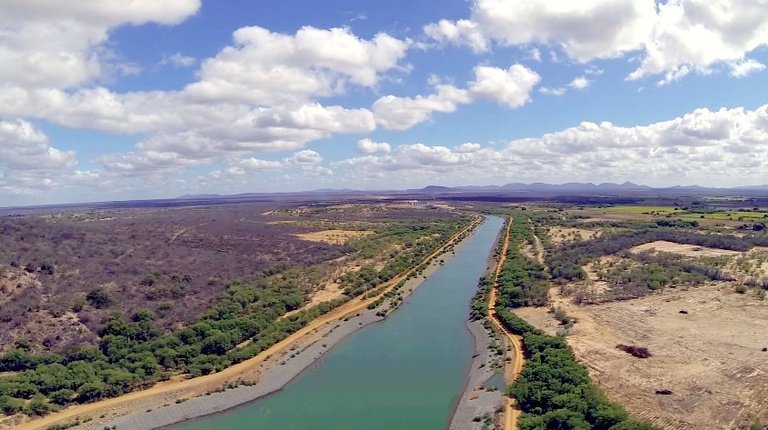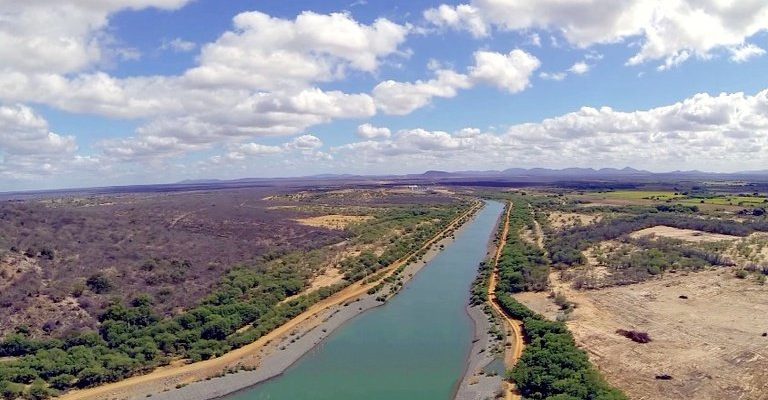
These intriguing worms, belonging to the phylum Nemertea, can vary greatly in size and color. Some can stretch over 30 feet long, while others are tiny, measuring just a few inches. They hide in the sand and mud, often going unnoticed by beachgoers. But if you take a moment to look closer, you might discover a small world of these fascinating creatures, revered not just by marine biologists but also by anyone interested in the intricate dance of life in coastal areas. Let’s dive into the role they play in these vibrant ecosystems!
What Are Ribbon Worms?
Ribbon worms, or nemerteans, are soft-bodied creatures that come in an array of colors, making them look like living ribbons waving in the water. They can be found in various marine habitats, from estuaries to sandy beaches. Unlike earthworms, which are often seen as simple soil dwellers, ribbon worms are unique predators with a complex biology.
One of their most striking features is their proboscis, a long, tube-like structure that they can extend outwards to capture prey. This is a bit like having a super-powered straw that can snatch up small fish, crustaceans, and even other worms. Their diet plays a crucial role in the ecosystem, keeping populations of other marine animals in check.
You might be wondering how these worms fit into the food chain. Well, they serve as both predator and prey. Larger fish, birds, and even some mammals feed on them, making ribbon worms an important food source for higher trophic levels.
The Role of Ribbon Worms in Marine Food Webs
In any ecosystem, everything is connected, and ribbon worms are no exception. They play a vital role in the marine food web. As predators, they help keep populations of smaller marine organisms under control. This can prevent any single species from becoming too abundant, which could disrupt the balance of the ecosystem.
For example, by consuming small crustaceans or other worms, ribbon worms help maintain a healthy diversity of species. Fewer prey organisms mean less competition for resources, which benefits other marine life, including fish and invertebrates that share the same habitat.
Additionally, ribbon worms themselves are a food source. Many fish and seabirds rely on them as part of their diet. This creates a link between different levels of the food web, highlighting the interconnectedness of coastal ecosystems.
How Ribbon Worms Contribute to Nutrient Cycling
Healthy ecosystems thrive on nutrient cycling, and ribbon worms play a significant role in this process. As they feed on other organisms, they help break down organic matter. This breakdown is crucial for recycling nutrients back into the environment, making them available to other organisms, including plants.
When ribbon worms digest their food, they release nutrients into the sediment or water. These nutrients can then be taken up by phytoplankton or seagrass, which form the base of the marine food web. In this way, ribbon worms indirectly contribute to the growth and health of vital primary producers.
Imagine a bustling kitchen where every ingredient is used wisely. Ribbon worms ensure that nothing goes to waste, helping to keep the culinary circle of coastal ecosystems flowing smoothly.
The Impact of Ribbon Worms on Sediment Structure
Ribbon worms don’t just play a role in the food web; they also influence the physical attributes of marine sediments. As they burrow through the sand or mud, they aerate the sediment, allowing more water and nutrients to penetrate. This is similar to how tilling the soil in your garden helps it breathe and promotes plant growth.
Their burrowing activities can also help create spaces for other organisms, like beneficial bacteria and small invertebrates, to thrive. By altering the physical structure of the sediment, ribbon worms contribute to a more diverse habitat. This diversity, in turn, supports a wider variety of marine life, enhancing the ecosystem’s resilience.
You might think of them as little landscapers of the ocean floor, shaping the environment to support life.
Challenges Facing Ribbon Worms and Coastal Ecosystems
Despite their important roles, ribbon worms face challenges that can impact their populations and, by extension, the ecosystems they support. Pollution, climate change, and habitat loss are significant threats to these creatures. For instance, increased sedimentation from coastal development can smother their habitats, making it difficult for them to thrive.
Another concern is the impact of rising ocean temperatures and acidity on marine life. These changes can alter the availability of prey and the overall health of the ecosystem, which can trickle down to affect ribbon worm populations.
Conservation efforts aimed at protecting coastal habitats are crucial to ensuring that ribbon worms—and the ecosystems they support—can continue to thrive in the face of these challenges.
The Fascination of Studying Ribbon Worms
Studying ribbon worms isn’t just for scientists; it can be fascinating for anyone interested in nature. Their unique biology and behaviors provide insights into the complexities of marine ecosystems. Watching them in their natural habitats can be like observing the inner workings of a delicate machine.
Researchers are continually discovering new species of ribbon worms, revealing just how diverse this group really is. Each new species adds a piece to the puzzle of our understanding of ocean life and the intricate relationships between organisms.
If you’re near a coastal area, consider taking a closer look at the sediment or tide pools. Who knows? You might spot one of these ribbon-like wonders, tucked away and playing a role in the ecosystem!
Ribbon worms may not be the star of the show when we think about coastal ecosystems, but their contributions are undeniably significant. From maintaining food webs and nutrient cycling to shaping sediment structures, these creatures play a multifaceted role in the health of marine environments.
As we learn more about these fascinating worms, it’s essential to appreciate their place in the larger picture of coastal ecosystems. Protecting their habitats and understanding their roles can help ensure the vibrant, interconnected life of our oceans continues to thrive. So next time you’re at the beach, take a moment to recognize these unsung heroes of the shoreline. They’re doing their part beneath the surface, and that’s truly something to celebrate!

